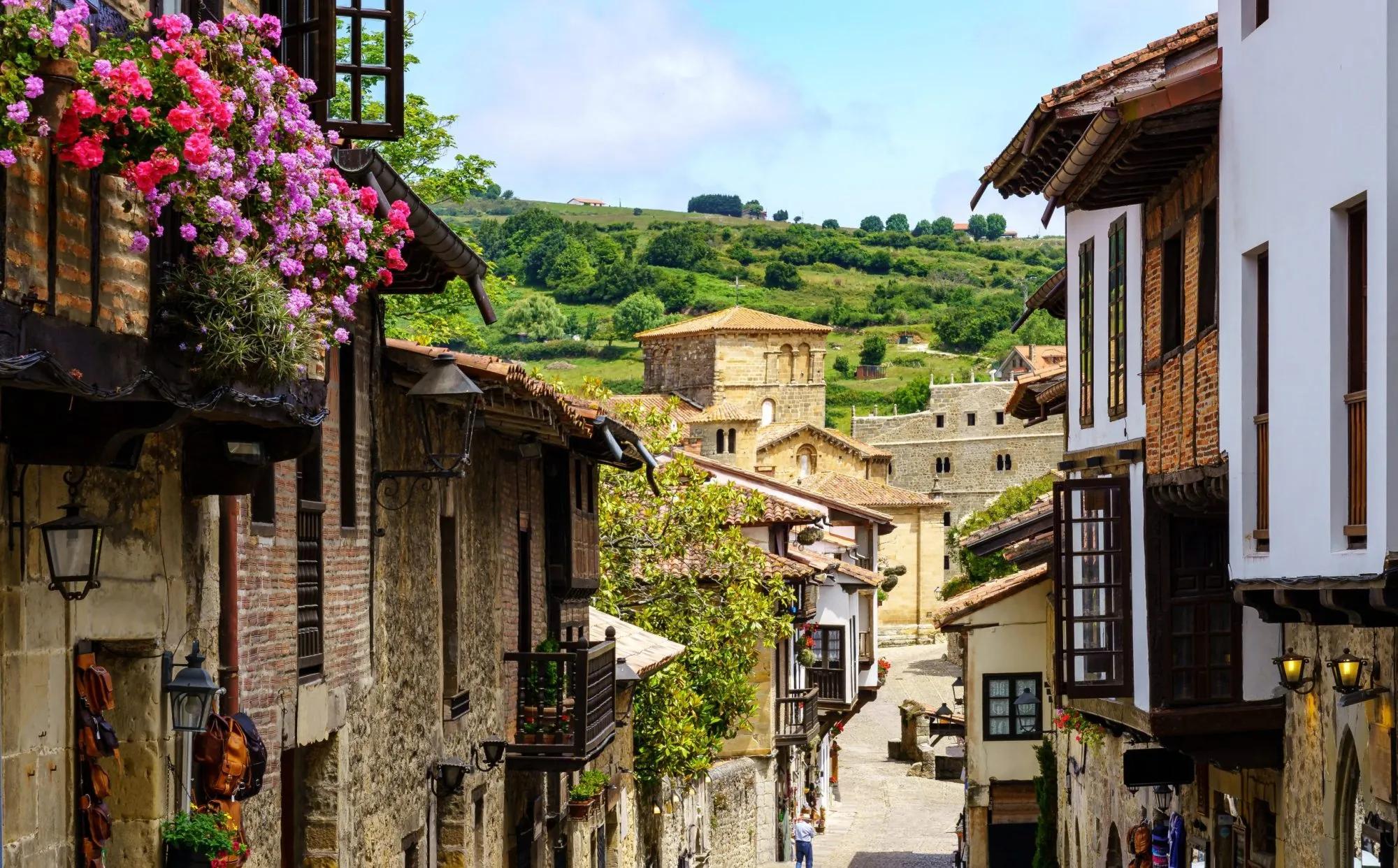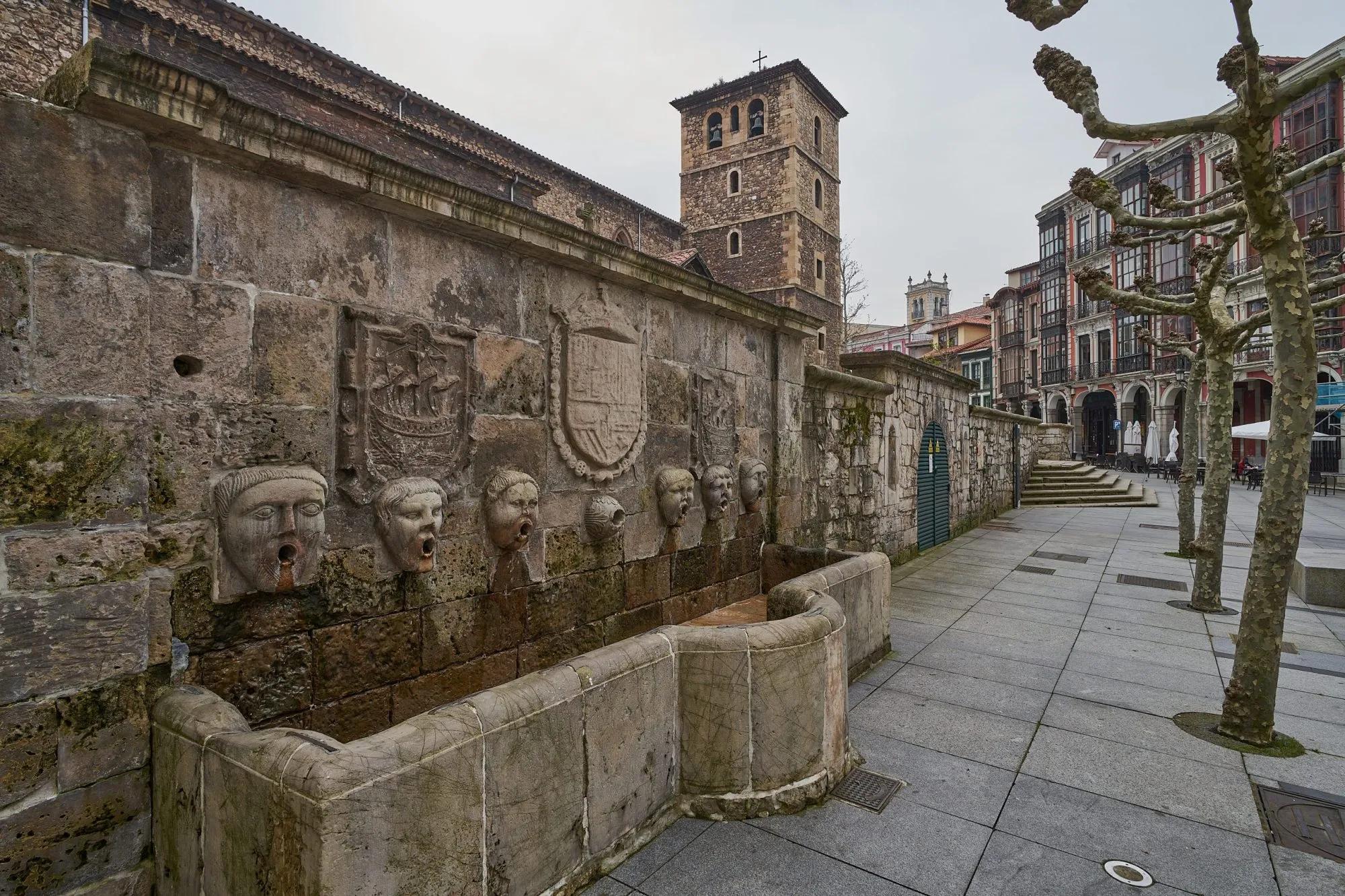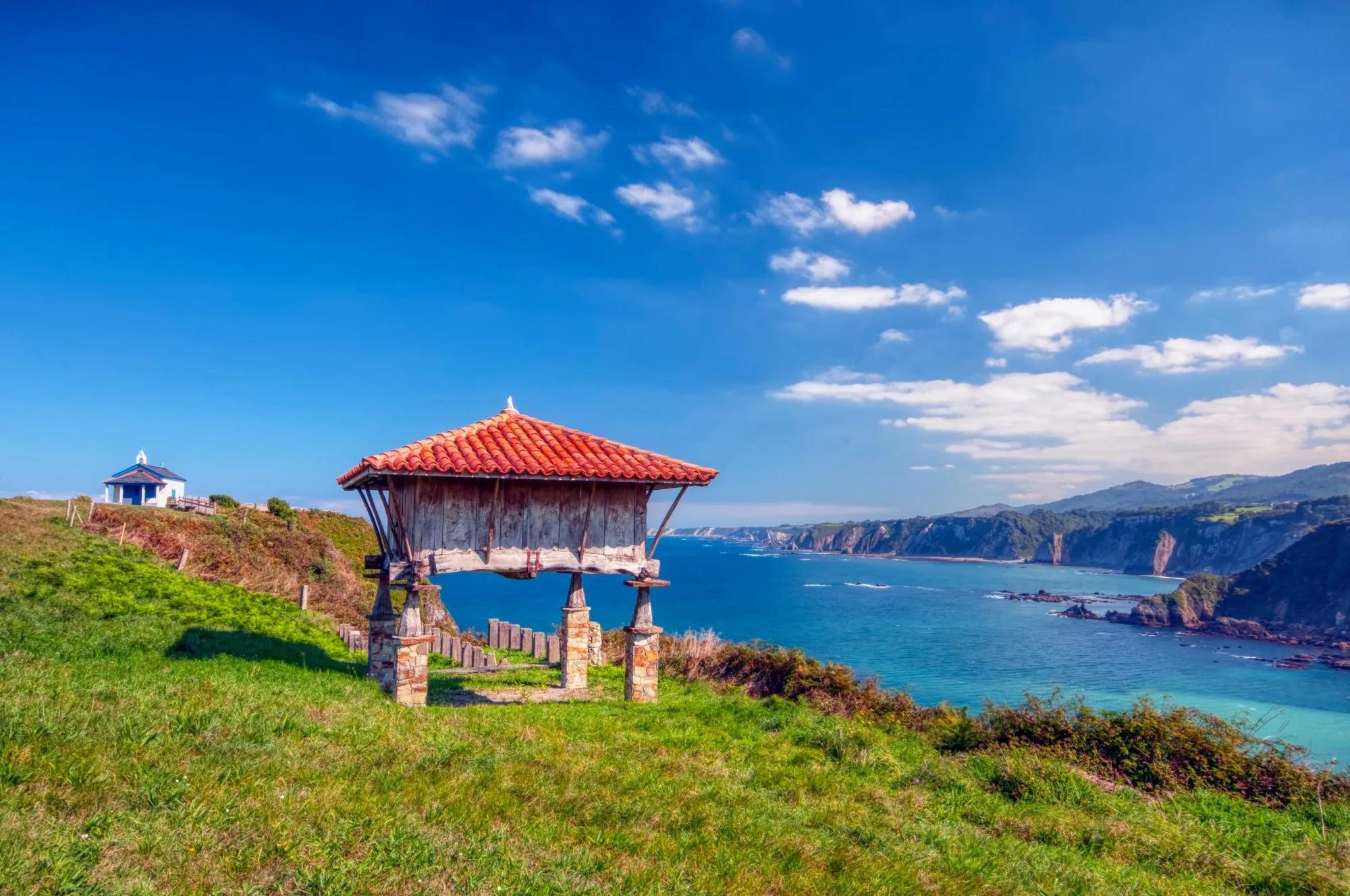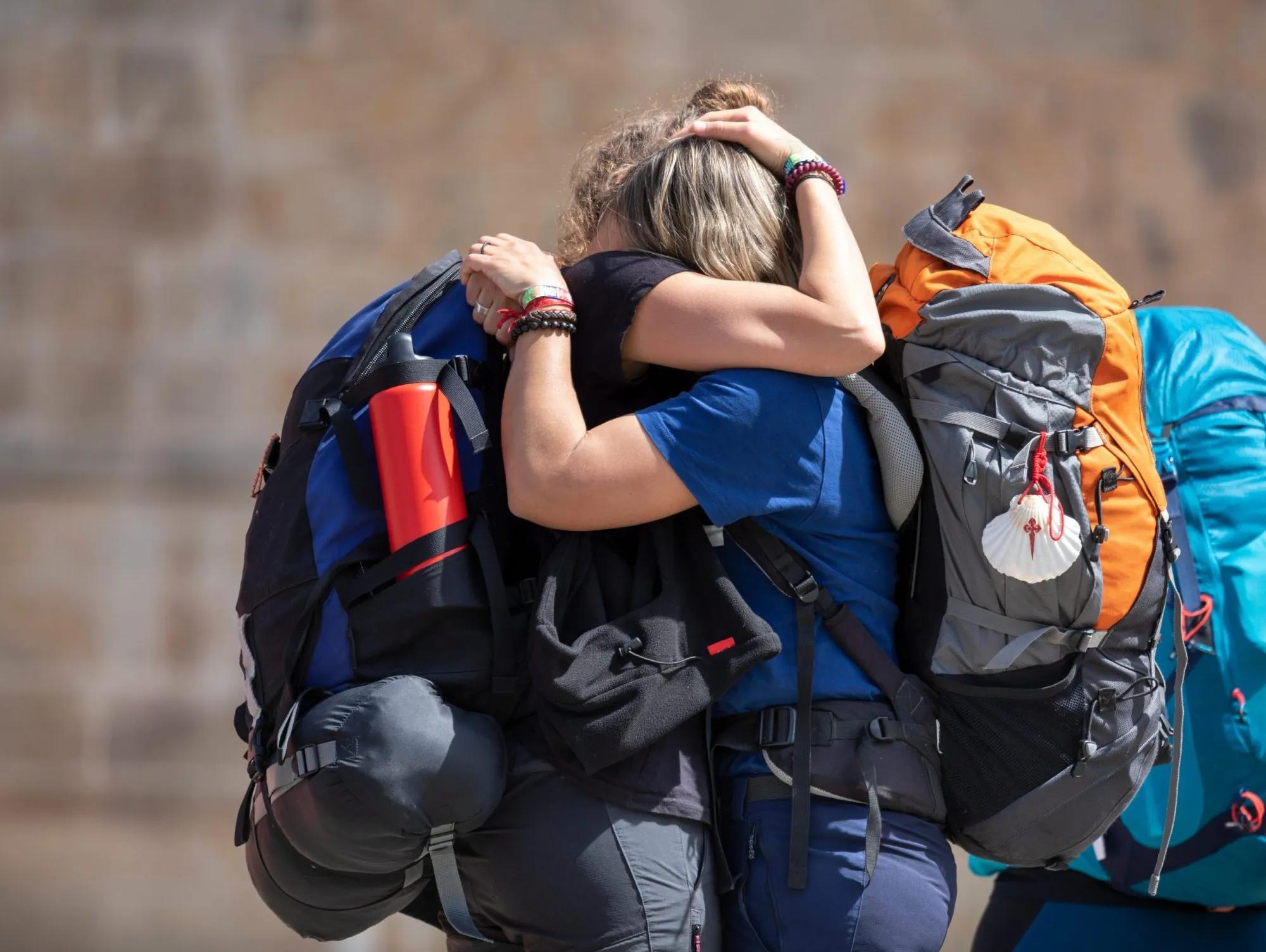100 km
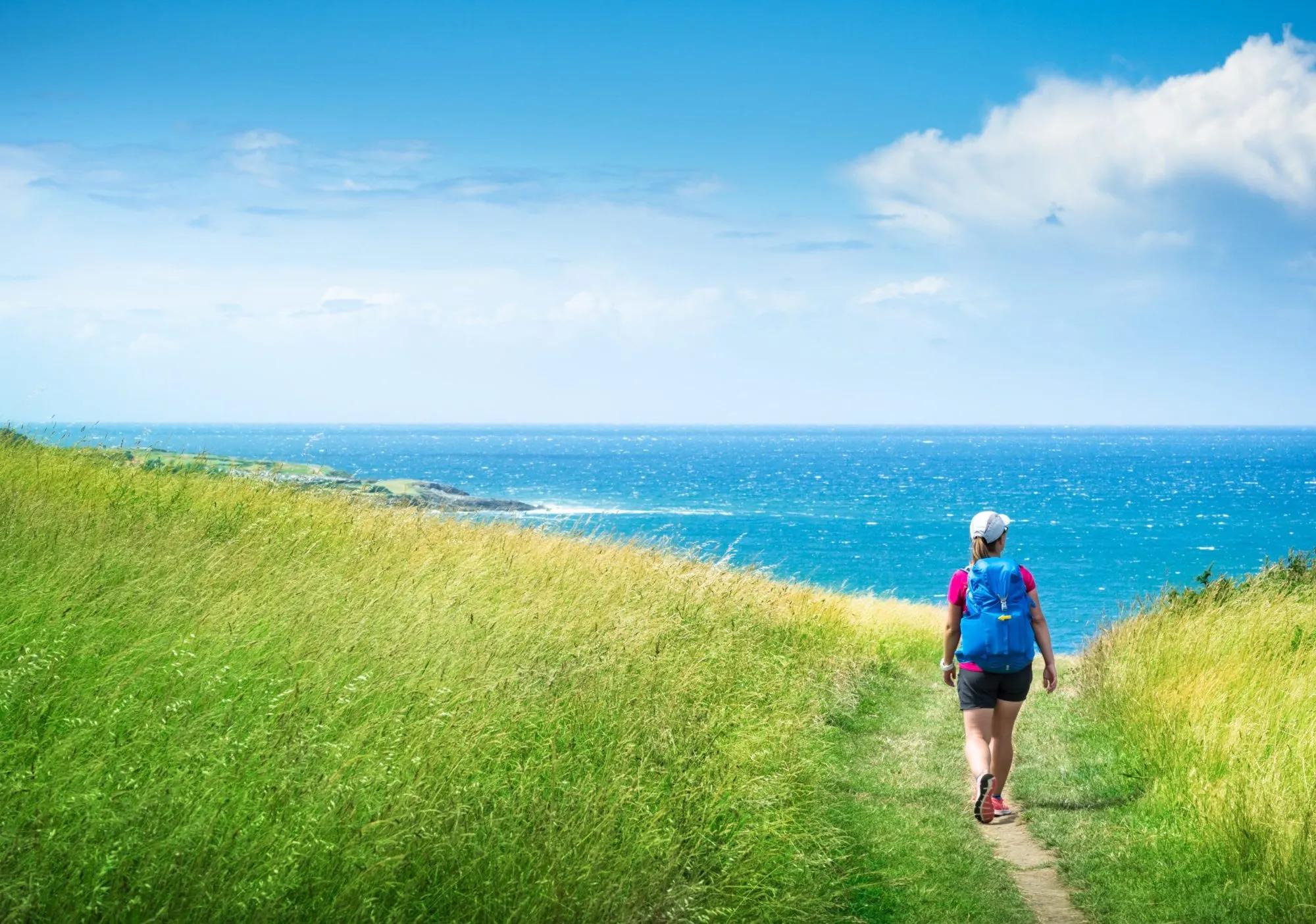







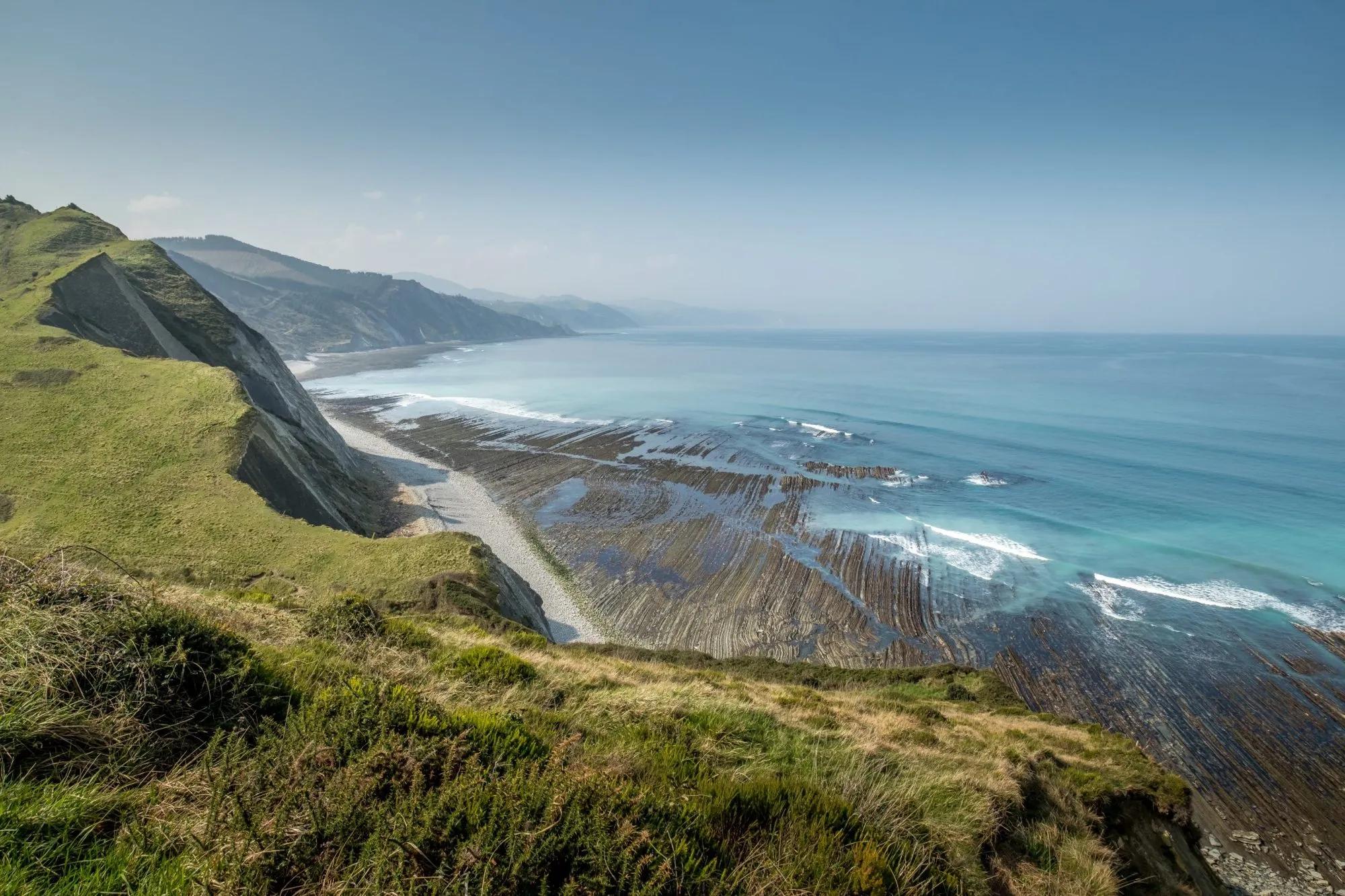




Camino del Norte
36 days / 35 nights
|
Starting point
San Sebastian
Finish point
Santiago de Compostela
Season
From April to October
Technical level
2/5
Fitness level
5/5
Tour type
Pilgrimage
Starting point
San Sebastian
Finish point
Santiago de Compostela
Season
From April to October
Technical level
2/5
Fitness level
5/5
Tour type
Pilgrimage
Highlights
- Traverse Spain's northern coastline along the Camino del Norte, spanning 800 km
- Savor regional gastronomy, including Basque pintxos, Asturian cider, and Galician dishes
- Visit historical landmarks like Castro Urdiales Gothic church, Altamira Caves, and Santiago de Compostela Cathedral
- Embrace solitude on less-trodden paths than Camino Frances for a deeply personal journey
- Opt for cooler summer hikes along the humid Atlantic climate
- Capture stunning views and unspoiled beaches in the Asturias region
Itinerary of the trip
FREE ITINERARY
Get Your Travel Itinerary
Loved the itinerary? Enter your email below, and we'll send a copy straight to your inbox.
What’s included in the price?
Self-guided
NOT INCLUDED
OPTIONAL EXTRAS
What to bring to the tour
- Hiking shoes/boots
- 25 to 35-liter backpack
- Base layer
- Sports T-shirts
- Hiking shorts
- Hiking water-repellent pants
- Waterproof jacket
- Midlayer
- Sports socks and underwear
- Leisurewear for evenings
- Shade hat/cap
- Sunscreen
- Sunglasses
- Hiking poles
- ID card or passport
- Snacks
- Cash
- Water bottles or hydration pack
- Toiletries
The Camino del Norte, also known as the Northern Way or la Ruta de la Costa, is a pilgrimage route of immense beauty and variety, spanning approximately 800 kilometers along the northern coast of Spain.
Taking pilgrimages through the Basque Country, Cantabria, Asturias, and finally into Galicia, culminating at the Cathedral of Santiago de Compostela, this route is a mosaic of unique experiences.
It includes some of Spain's most beautiful cities like San Sebastian, with its stunning sea-front promenade, and Bilbao, known for its vibrant art scene. Other highlights include the beaches of Santander, Gijon's working harbor, the quaint fishing village of Ribadesella, and the medieval charm of Vilalba.
Camino del Norte requires a massive physical undertaking, typically taking about five weeks to complete on foot. As such, it is modifiable into seven manageable stages, making it manageable for various schedules, allowing you to return year after year to continue from where you left off.
While our tours traditionally begin with walking on the first day and conclude with walking on the last day, we understand that some travelers may wish to extend their stay. We can arrange additional days before or after the walking tour, complete with accommodation bookings.
Meanwhile, our priorities are your comfort and satisfaction. We handle accommodation bookings and luggage transfers and provide round-the-clock support.
Equipped with GPS navigation and a detailed guidebook, you won't have to think about anything else than getting from town to town and enjoying the scenery.
Lace up for the Camino del Norte and step into a world where history, culture, and nature intertwine.
Start planning today!
The sooner the better - guaranteed availability and best prices if you don't wait for too long.
Frequently Asked Questions
Ratings & Reviews

5.0 average rating

We had a lovely hike today with our guide Klemen. He personalized the tour on our needs and interests, so that we saw places we wouldn't without his experience. The hike was a little bit slippery after the rain from the last days and it went a lot upwards, but it was totally worth it! Thanks again :)


We had a lovely hike today with our guide Klemen. He personalized the tour on our needs and interests, so that we saw places we wouldn't without his experience. The hike was a little bit slippery after the rain from the last days and it went a lot upwards, but it was totally worth it! Thanks again :)


All available guidance options
Self-guided
Are you looking for a good adventure and limitless flexibility? Then you should try out a self-guided tour, perfect for independent explorers who want to set their own pace. Without the need to stick to a group schedule, you’re free to linger at scenic viewpoints while the logistics are taken care of in advance.

HASSLE-FREE
We handle itineraries, accommodations, and anything else you prefer not to deal with, so you can enjoy a carefree hike.
.svg)
TRIED & TESTED ADVENTURES
Only the best of Camino de Santiago, cherry-picked by our local team with an in-depth knowledge of the region.

SELF-GUIDED TRAVEL
Explore independently and with confidence while we keep everything running from behind the scenes.
TRUSTED BY MANY
Since 2014, we have taken care of thousands of happy customers, making it our mission to put your satisfaction first.



















